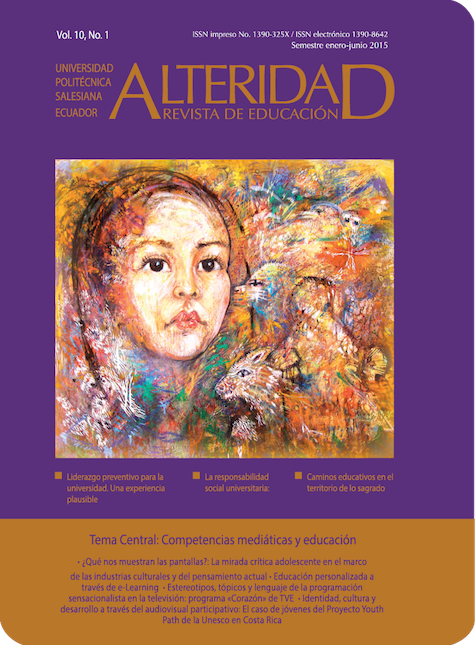Personalized education through e-Learning
Main Article Content
Abstract
In the process of learning styles renewal offered by the advancement and implementation of new information and communication technologies, especially in education field, we are witnessing different forms of access to knowledge and new learning methodologies. We are at a stage where students, teachers and classrooms have a high rate of technological products that complement the more traditional educational processes, which supported web, has encouraged the proliferation of new mechanisms for access to knowledge. In the present work, it will be analysed the best practices developed in education tailored to each student through e-Learning tools, facilitating multiple intelligences and the possibilities offered by mobile devices (m-Learning). In the same way, we will try to compare the benefits of personalized learning around three main blocks: the elimination of the digital divide, the relationship of the multiple intelligences and mobile learning.
Article Details
Section
Central Theme
Authorship: The list of authors signing must include only those people who have contributed intellectually to the development of the work. Collaboration in the collection of data is not, by itself, a sufficient criterion of authorship. "Alteridad" declines any responsibility for possible conflicts arising from the authorship of the works that are published.
Copyright: The Salesian Polytechnic University preserves the copyrights of the published articles, and favors and allows their reuse under the Creative Commons Attribution-NonCommercial-ShareAlike 3.0 Ecuador license. They may be copied, used, disseminated, transmitted and publicly displayed, provided that: i) the authorship and the original source of their publication (journal, editorial and work URL) are cited; (Ii) are not used for commercial purposes; Iii) mention the existence and specifications of this license.
Copyright: The Salesian Polytechnic University preserves the copyrights of the published articles, and favors and allows their reuse under the Creative Commons Attribution-NonCommercial-ShareAlike 3.0 Ecuador license. They may be copied, used, disseminated, transmitted and publicly displayed, provided that: i) the authorship and the original source of their publication (journal, editorial and work URL) are cited; (Ii) are not used for commercial purposes; Iii) mention the existence and specifications of this license.

